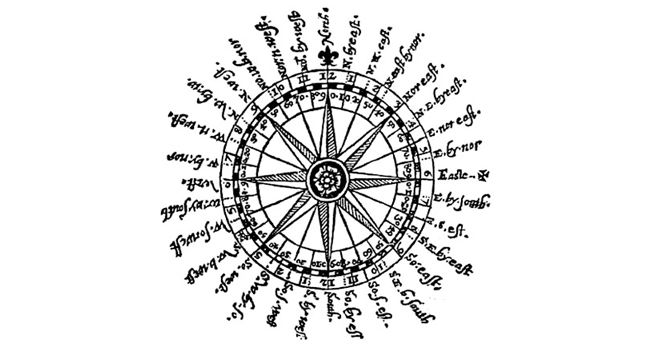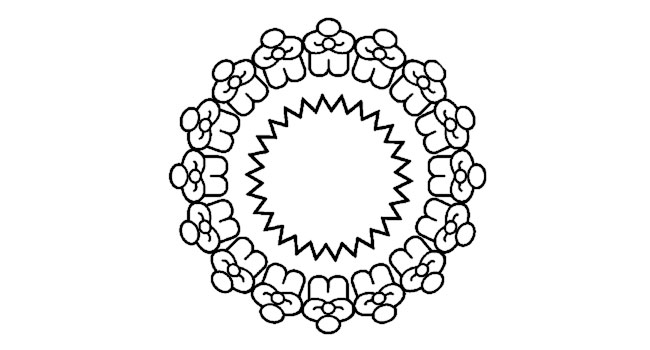The sailing stones are a geological phenomenon found in the Racetrack Playa located in the northern part of the Panamint Mountains in Death Valley National Park, California. The stones slowly move across the surface of the playa without human or animal intervention leaving a track as they go. They have never been seen or filmed in motion. Racetrack stones only move once every two or three years and most tracks last for just three or four years.
Stones with rough bottoms leave straight striated tracks while those with smooth bottoms wander. Stones sometimes turn over, exposing the other edge to the ground and leaving a different-sized track in the stone’s wake.
The sailing stones are most likely moved by strong winter winds of up to 90 mph. Once it has rained enough to fill the playa with just enough water to make the clay slippery, the winds push the stones across the slick surface. The prevailing winds across Racetrack Playa blow from southwest to northeast, with most of the rock trails parallel to this direction, lending support to this hypothesis.
An alternate hypothesis builds upon the first. As rain water accumulates, strong winds blow thin sheets of water quickly over the relatively flat surface of the playa. A layer of ice forms on the surface as night temperatures fall below freezing. Wind then drives these floating ice sheets, their aggregate inertia providing the necessary force required to move the larger stones.


